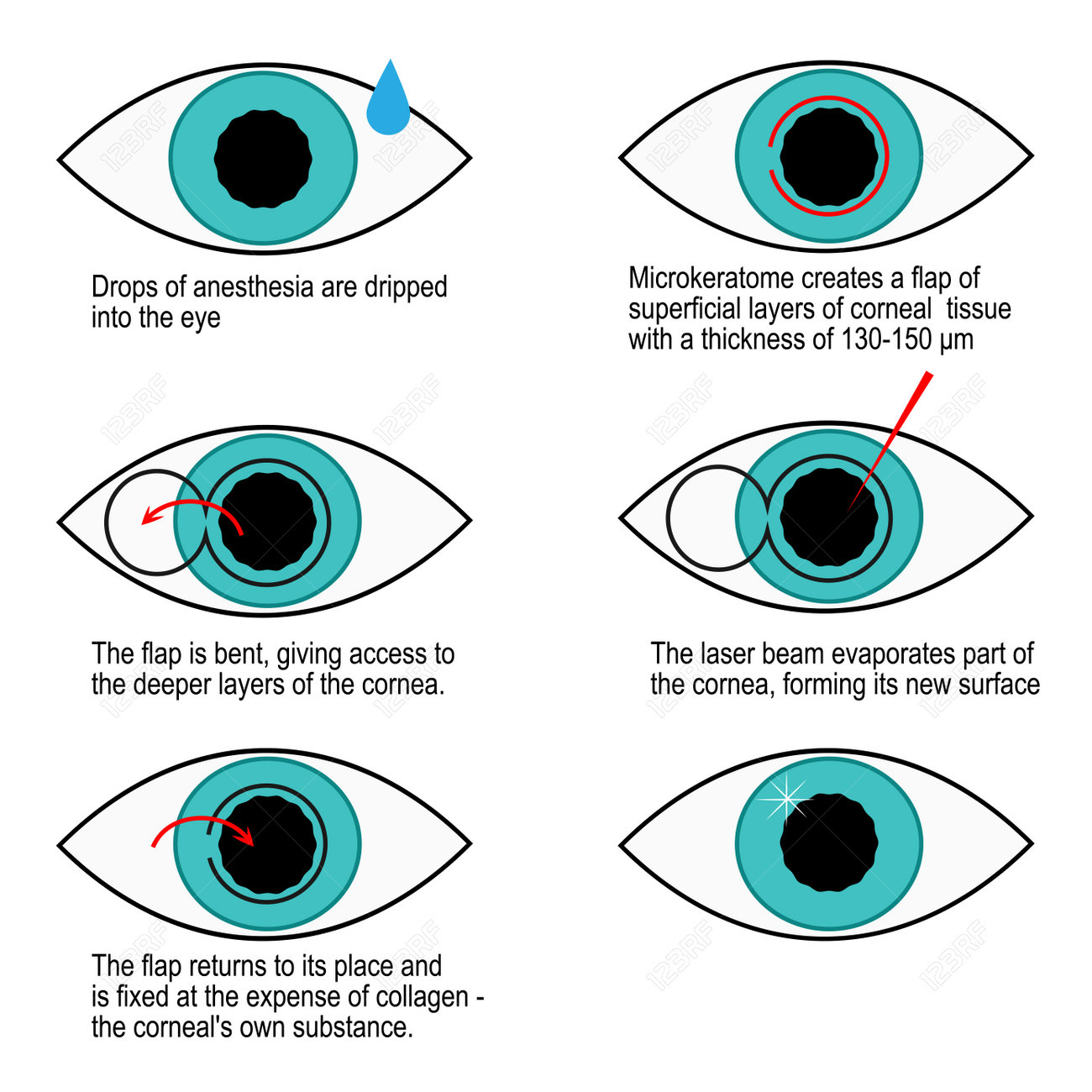Are You Curious About Discovering The Distinctions Amongst SMILE, LASIK, And PRK Eye Surgeries?
Are You Curious About Discovering The Distinctions Amongst SMILE, LASIK, And PRK Eye Surgeries?
Blog Article
Post Written By-Ryberg Tang
If you have actually been thinking about SMILE eye surgery, you may wonder just how it compares to LASIK and PRK. Each procedure has its very own collection of advantages and factors to consider. From quicker recuperation times to possible risks, there are key differences you should be aware of before choosing. Comprehending these distinctions will certainly help you make an educated choice that lines up with your particular demands and expectations. Interested to recognize more about just how these treatments contrast carefully? Go on discovering to acquire a detailed understanding of SMILE, LASIK, and PRK.
SMILE Eye Surgery Overview
If you're thinking about SMILE eye surgery, you'll find it to be a minimally intrusive treatment with a quick recovery time. Throughout SMILE (Tiny Cut Lenticule Removal), a laser is used to produce a little, exact incision in the cornea to eliminate a small piece of tissue, improving it to correct your vision. This varies from LASIK, where a flap is produced, and PRK, where the outer layer of the cornea is totally removed.
Among cataract surgery by laser cost of SMILE is its minimally invasive nature, causing a faster recovery procedure and less discomfort post-surgery. The recovery time for SMILE is relatively fast, with numerous people experiencing improved vision within a day or more. This makes it a preferred option for those seeking a convenient and effective vision adjustment treatment. In addition, SMILE has actually been revealed to have a lower risk of dry eye syndrome compared to LASIK, making it a desirable option for people worried regarding this possible adverse effects.
Differences In Between SMILE, LASIK, and PRK
When comparing SMILE, LASIK, and PRK eye surgical treatments, it's important to comprehend the distinctive methods utilized in each treatment for vision improvement.
SMILE (Small Incision Lenticule Removal) is a minimally intrusive procedure that includes developing a little cut to remove a lenticule from the cornea, reshaping it to correct vision.
cataract surgery best time (Laser-Assisted In Situ Keratomileusis) includes developing a slim flap on the cornea, utilizing a laser to reshape the underlying tissue, and afterwards rearranging the flap.
PRK (Photorefractive Keratectomy) eliminates the external layer of the cornea prior to reshaping the cells with a laser.
The major difference lies in the way the cornea is accessed and dealt with. SMILE is flapless, making it a great choice for people with thin corneas or those involved in call sports. LASIK uses fast aesthetic recovery because of the flap production, but it may present a greater threat of flap-related difficulties. PRK, although having a longer recuperation period, stays clear of flap-related concerns entirely.
Understanding these differences is crucial in selecting one of the most ideal procedure for your vision modification needs.
Advantages And Disadvantages Contrast
To review the benefits and downsides of SMILE, LASIK, and PRK eye surgical treatments, it's vital to consider the specific benefits and potential limitations of each procedure. SMILE surgery offers the benefit of a minimally intrusive treatment, with a smaller sized incision and possibly quicker healing time contrasted to LASIK and PRK. It also lowers the risk of completely dry eye post-surgery, an usual adverse effects of LASIK. Nonetheless, SMILE may have restrictions in treating higher levels of nearsightedness or astigmatism compared to LASIK.
LASIK surgical procedure supplies quick visual recuperation and marginal discomfort throughout the treatment. It's extremely reliable in treating a vast array of refractive errors, consisting of myopia, hyperopia, and astigmatism. Yet, LASIK lugs a threat of flap difficulties, which can influence the corneal framework.
PRK eye surgery, while not as preferred as LASIK, stays clear of producing a corneal flap, reducing the risk of flap-related issues. It's suitable for clients with thin corneas or uneven corneal surface areas. Nonetheless, PRK has a longer recovery time and might entail more pain throughout the recovery process.
Final thought
So, when it involves selecting in between SMILE, LASIK, and PRK, think about it like selecting the excellent pair of footwear. SMILE resembles a smooth, comfy pair of tennis shoes - fast and easy.
LASIK is much more like stylish high heels - flashy and fast, but with some potential threats.
PRK resembles sturdy treking boots - dependable and resilient, but calling for a bit even more effort and time.
Eventually, the very best selection depends upon your individual demands and preferences.
